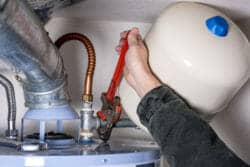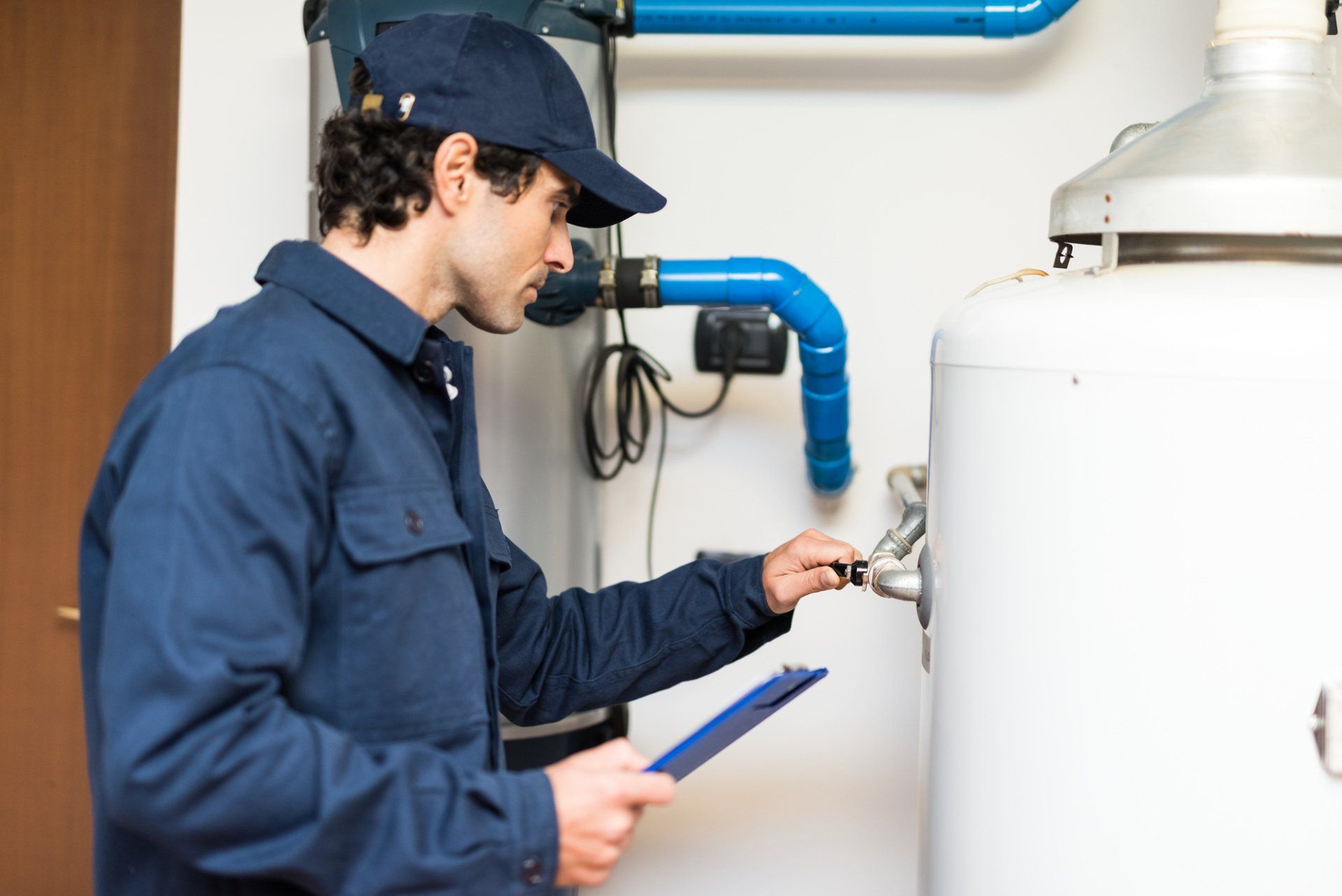Responding to the Everyday Heater Urgent Problems
Responding to the Everyday Heater Urgent Problems
Blog Article
The article which follows relating to Warning Signs You Need Water Heater Repairs is amazingly captivating. Read it for yourself and figure out what you think of it.

A water heater is one of the most crucial basic appliances that can be located in a house. With hot water heater, you don't require to go through the tension of home heating water manually every time there is a demand to wash, wash, or the recipes. However, there is always an opportunity that your water heater would certainly act up just like many mechanical devices.
It is very important to note any type of little malfunction and also tackle it rapidly prior to points get out of hand. Most times, your water heater starts to malfunction when there is an accumulation of sediments as a result of constant use. As a safety measure, regular flushing of your water heater is advised to avoid debris build-up and avoid functional failure.
Usual hot water heater emergency situations and also exactly how to take care of them
Dripping hot water heater container.
A dripping container could be an indicator of rust. It could trigger damages to the floor, wall as well as electrical tools around it. You could even go to danger of having your apartment or condo flooded. In this circumstance, you ought to shut off your water heater, allow it to cool down, as well as meticulously search for the source of the problem. Sometimes, all you need to do is to tighten a few screws or pipeline connections in cases of small leakages. If this doesn't work and the leak persists, you might require to use the solutions of a technician for a suitable substitute.
Fluctuating water temperature.
Your water heater could begin producing water of various temperatures generally ice chilly or scalding warm. In this situation, the first thing you do is to ensure that the temperature level is set to the desired level. If after doing this, the water temperature level keeps transforming throughout showers or other tasks, you might have a faulty thermostat. There could be a requirement to change either the thermostat or the heating unit of your hot water heater.
Inadequate hot water
It might be that the water heating system can't support the hot water demand for your house. You might upgrade your water heater to one with a larger capability.
Tarnished or stinky water
When this happens, you need to know if the concern is from the container or the water source. If there is no amusing scent when you run cool water, after that you are certain that it is your water heating unit that is malfunctioning. The odiferous water can be triggered by rust or the accumulation of bacteria or debris in the water heating unit tank.
Verdict
Some property owners overlook little caution and minor faults in their hot water heater unit. This only results in further damages and a feasible complete breakdown of your home appliance. You must take care of your hot water heater mistakes as soon as they come near avoid even more costs as well as unneeded emergency problems.
With water heating units, you do not require to go via the stress of heating water manually every time there is a requirement to take a bathroom, do the washing, or the meals. Your water heater might start generating water of various temperatures generally ice chilly or hot warm. It might be that the water heating system can not sustain the warm water demand for your house. If there is no funny odor when you run chilly water, after that you are specific that it is your water heating unit that is faulty. The odiferous water can be triggered by rust or the buildup of microorganisms or debris in the water heating system storage tank.
Water Heater Burst: Why This Happens And What To Do Next
Water Heater Explosion Warning Signs
Since storage water heaters are made of metal and store large volumes of heated water, they carry an increased risk of leaking or even exploding as they begin to rust at the fittings and seams over time. If the thermostat controlling the water temperature within the tank is faulty, or if mineral buildup inside the water heater prevents the thermostat from sensing the water’s temperature correctly, the water could become overheated. This will expand its volume within the tank, causing it to press at the tank’s fittings and seams. If these fittings and seams are rusted or corroded, the pressure could result in a leak or even an explosion.
Here are some risk factors and warning signs of an increased risk of water heater leak or explosion:
Your water heater is more than 10 years old. Your water heater makes clanking, banging or rumbling noises as it heats up, indicating that sediment has built up and hardened inside the tank. There is visible rust on the outside of the water heater, especially located at the pipe fittings or the seams that run down the tank. There is rusty water coming from your water heater, indicating that there may be rust building up inside. Your water heater is leaking, which could indicate either a crack somewhere in the tank or a malfunctioning temperature-and-pressure (T&P) relief valve. What To Do When Water Heater Leaks
If you find water dripping or seeping out of your water heater, or pooling around it, it means your water heater is leaking. If you find a leak, it may be best to call a plumbing professional to diagnose the problem and determine how best to handle it. If you choose to tackle it on your own, there are a few things you can do.
TURN OFF THE POWER
Next, shut off the power to the hot water tank at your home’s electrical breaker box. If you don’t shut off the power, the heating elements within the tank could continue to stay hot, which could pose a fire risk.
If you have a gas-powered water heater, you’ll also need to shut off the gas line leading into the tank.
FIND THE LEAK
Now it’s time to determine where the leak is coming from. Likely locations are the T&P valve, the drain valve or one of the pipes or fittings that feed into the top of the tank. If you see any rust or corrosion on the outside of your water heater’s tank, pipes or fittings, these could also be the source of the leak.
REPAIR THE LEAK
Once you determine the source of your water heater leak, you’ll have a better idea of what steps you need to take to fix the problem. It may be a simple fix—such as using a wrench to tighten fittings or replacing the T&P valve—but it may be something more complicated. You may even need to drain the tank, remove the water heater and install a new one.
https://www.abchomeandcommercial.com/blog/water-heater-burst/

I am very fascinated with Warning Signs You Need Water Heater Repairs and I really hope you enjoyed reading the new piece. Sharing is good. You just don't know, you may just be doing someone a favor. Thank you for going through it.
Emergency? We're ready. Report this page